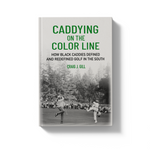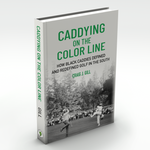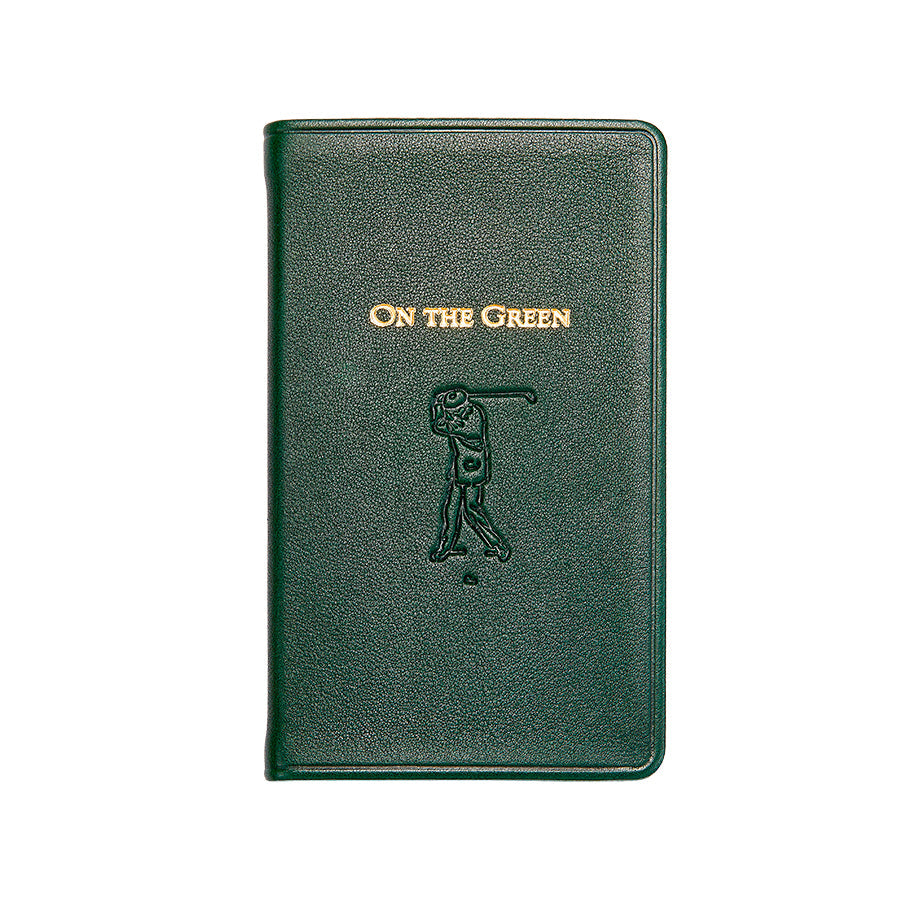An Important History
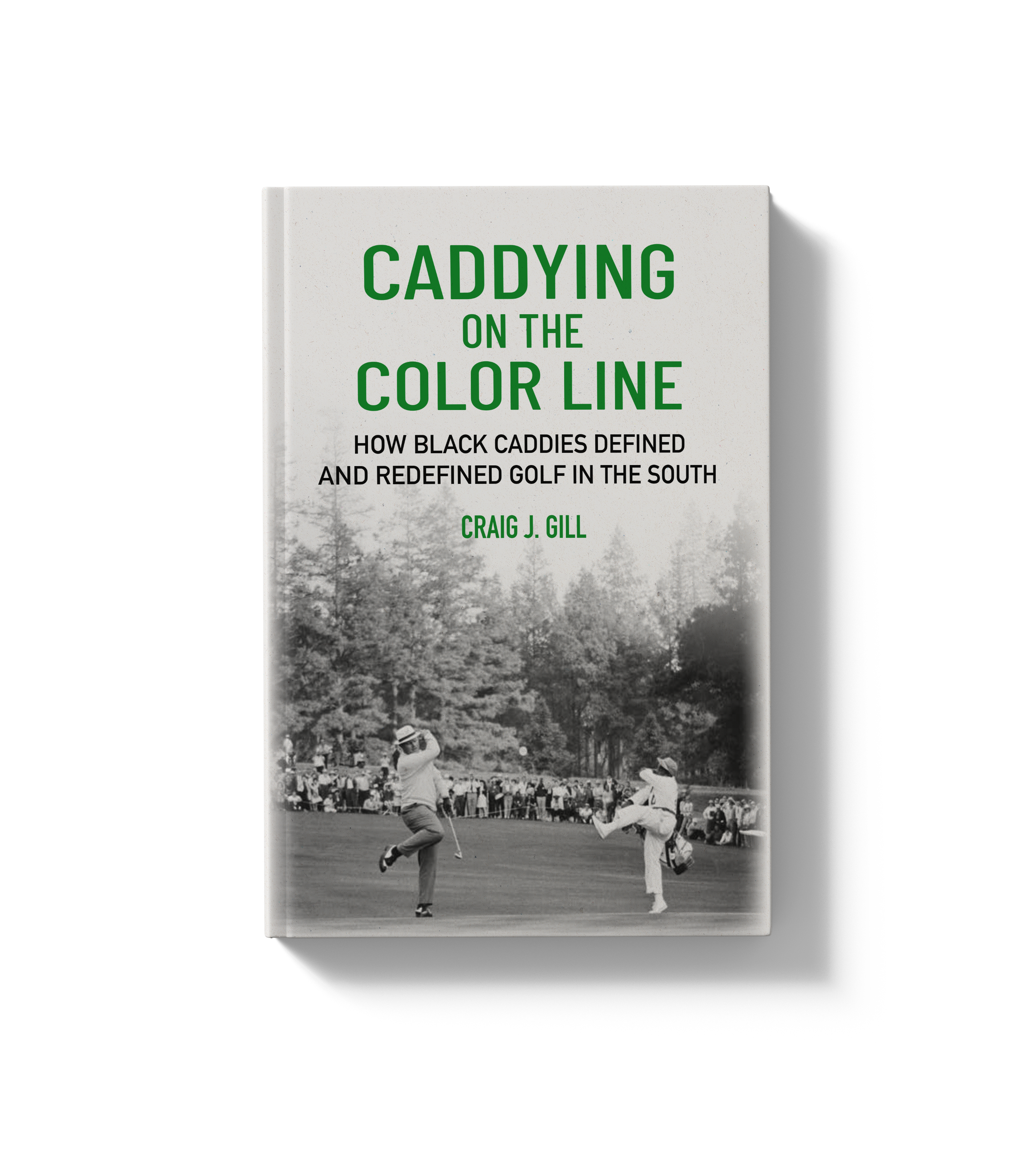
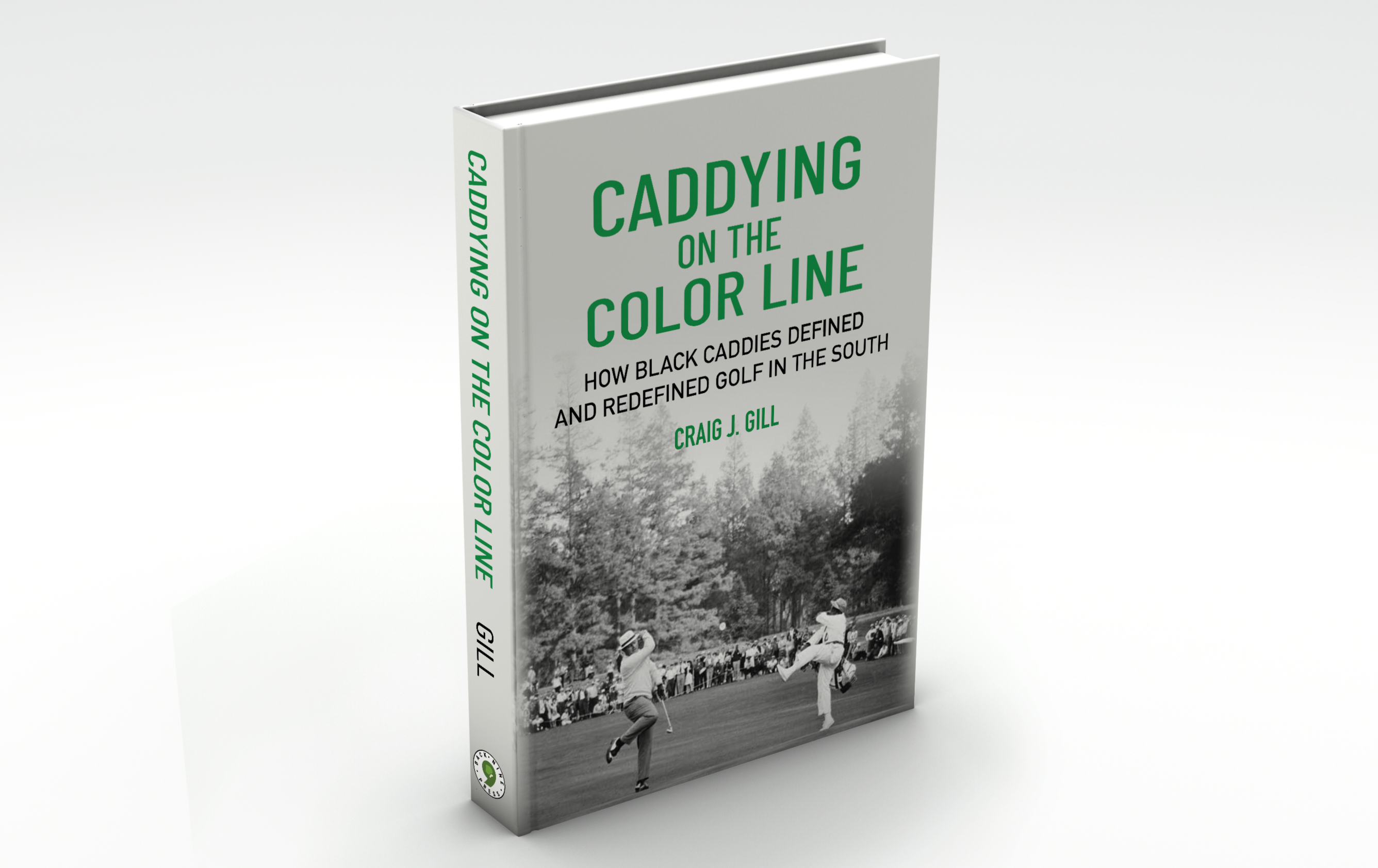
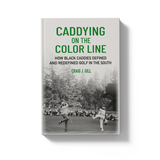
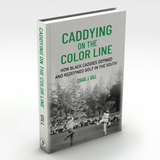
Caddying On the Color Line
How Black Caddies Defined and Redefined Golf in the South
Craig J. Gill
- Hardcover, with dust jacket
- 272 pages
Free 20 Day Returns
Caddying On the Color Line
BOOK DESCRIPTION
Meticulously researched and rigorously vetted, CADDYING ON THE COLOR LINE reveals how Southern Black caddies—young and old—navigated a world of racial tension, professionalized a job once seen as unskilled, became expert golfers in their own right, and helped to pave the way for the rise of Tiger Woods. Along the way, the history of Black caddies reveals the unexpected reasons for the rise of the golf cart and helps explain why there are fewer Black golfers on professional tours today than in the 1960s.
The thousands of Southern Black men who called caddying their job over the course of the 20th century may not have lived extraordinary lives. But their daily struggles and triumphs abounded with resilience, pride, skill, and dignity.
This book tells their story.
A beautifully written and researched account. The book finally gives Black caddies the recognition they deserve, with the historical photos offering an intimate look at their lives.
Look no further for the definitive story of the Black men who shaped Southern golf. Gill's scholarly research is second to none, and his lively writing makes this crucial history accessible to a wide audience. It's an important book that belongs on every shelf. The historic photographs are worth the price of admission alone.
A magnificent book. The depth of research is impressive, the writing is excellent, and the historical photos are absolutely essential to telling this story.
Caddying on the Color Line transcends the sports genre. It's a profound look at race, labor, and culture in the American South, told through the lens of golf. The narrative is driven by deep research and a lively, compelling style. The photographs are a treasure. This is an important historical book that tells a vital story about the Black caddies who knew the game best.
The quality of the research and the writing is top-tier, and the historical photographs are a huge part of what makes this book so impactful.
ADVANCED PRAISE FOR Caddying On the Color Line
“The story told in Caddying on the Color Line is painful, inspiring, and ultimately beautiful. Thank you, Craig Gill and Back Nine Press, for getting this story out and in the open, where it belongs. I stand in awe of the people Gill portrays, for the pain they endured to make a living at the game, to play the game, and to find homes in the game.”
—MICHAEL BAMBERGER
New York Times-bestselling author of To the Linksland, Men in Green, and The Second Life of Tiger Woods
“Caddying on the Color Line illuminates a profound yet long-overlooked chapter in golf's history, weaving together the stories of men who carried not just golf bags, but the weight of systemic inequity on their shoulders. Through meticulous research and intimate storytelling, Gill reveals how Black caddies navigated the complex social dynamics of a white game, developing an expertise that shaped the sport while confronting daily indignities with quiet resilience. By amplifying these long-silenced voices, Gill offers not just a historical account, but a deeply human story of dignity and fortitude against the backdrop of America's struggle with racial justice.”
—JOEL BEALL
Senior Writer for Golf Digest, author of Playing Dirty
“Deeply researched and beautifully told, Caddying on the Color Line adds a rich new chapter to the story of how African Americans helped shape the game of golf.”
—STEPHEN PROCTOR
Author of Monarch of the Green and The Long Golden Afternoon
“Caddying on the Color Line expands our understanding of the history Black caddies. Gill moves beyond the stereotypical role these caddies played on the golf course. He shows that caddying was a labor choice that African American believed was an improvement over the drudgery of exploitative farm labor. Similar to Black jockeys in horseracing, Black caddies used golf to create new labor and athletic opportunities. Caddying on the Color Line reminds readers that Black caddies were bag carriers, but also experts, labor activists, and athletes. This is a major contribution to African American sports history.”
—DERRICK E. WHITE
Author of Blood, Sweat, & Tears: Jake Gaither, Florida A&M, and the History of Black College Football
“In telling the fascinating and poignant story of Black caddies, Craig Gill reminds us of the backstory of unheralded workers who were crucial to the success of golf in the United States. Gill, with enviable sensitivity, reveals the ambitions and disappointments of generations of Black caddies, before explaining their eventual disappearance from most of the nation’s golf courses. Golf enthusiasts and non-golfers alike will find much to ponder in this timely book.”
—W. FITZHUGH BRUNDAGE
William Umstead Distinguished Professor of History, University of North Carolina at Chapel Hill
“In a more just world, people like Howard Wheeler and J.C. Hamilton—caddies who later became two of the first great Black golfers—would be remembered today like the first great Delta blues musicians are. And yet, the early figures of African American golf have largely been forgotten. Gill explores the complex, problematic, and proud history of these largely unknown golf heroes in a straightforward and honest approach. Caddying on the Color Line helps us remember.”
—JIM HARTSELL
Author of When Revelation Comes and The Secret Home of Golf

ABOUT THE AUTHOR
CRAIG J. GILLis a Scottish writer, researcher, and historian. Having grown up playing golf and caddying for the occasional American tourist in Edinburgh and the East Neuk of Fife, he completed an undergraduate degree in History and a Master’s in American Studies at the University of Glasgow.
He spent the subsequent five years in the U.S. South, studying the region’s complex past. He earned a PhD in History from the University of North Carolina at Chapel Hill.
Craig now lives in Vancouver, British Columbia—four thousand miles from his (and golf’s) home country, but still deeply committed to illuminating a more holistic understanding of golf’s rich past.



